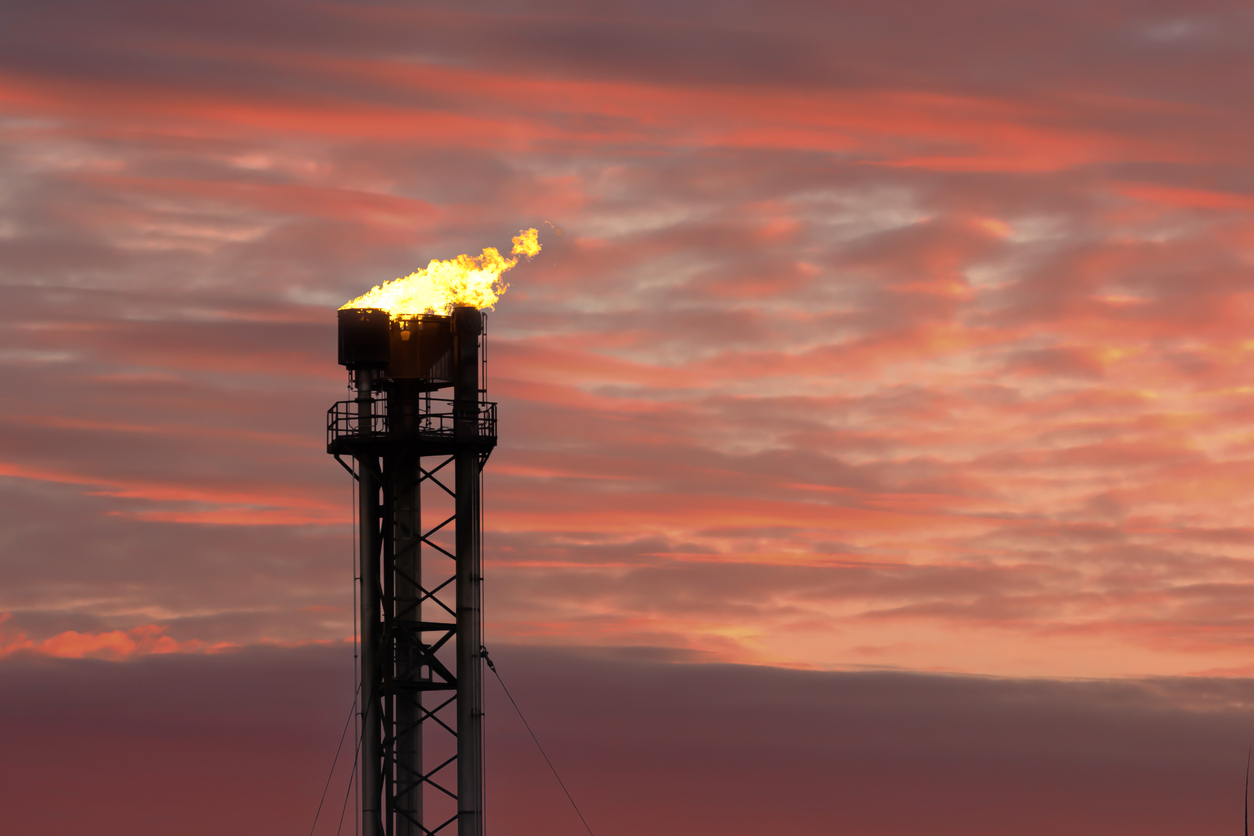
Atmosphere and land emissions
Observing atmospheric composition provides vital information for tackling climate change, improving air quality, and understanding the intricate workings of our planet’s most important life support system.
A growing human influence on Earth has led to a progressive intermingling of urban and rural emissions of a range of trace gases and particulates, which have implications for climate, human and ecosystem health. This situation is exacerbated by large-scale climate variations such as El Niño-Southern Oscillation (ENSO).
Outdoor air pollution is estimated by the World Health Organisation to have caused 4.2 million premature deaths worldwide in 2019. The World Bank estimate that the economic cost of air pollution is no more than $8 trillion per year, equivalent to 6.1% of the global GDP.
To quantify and understand changes in regional air pollution, we draw on the latest atmospheric remote sensing data products produced by NCEO and by colleagues elsewhere. These data provide us with the most up to date and comprehensive picture of air pollution. These are particularly valuable over countries that cannot sustain ground-based air quality networks. We interpret these data using complementary land surface remote sensing data and computational models that describe atmospheric chemistry and physics. We also use data assimilation to infer emissions of trace gases that are consistent with prior knowledge and the satellite data.
The purpose of our work is to track changes in air pollution and to provide independent, data-driven actionable information for policy makers.
In 2021, in EU-27 countries more than 300,000 lives were lost due to elevated concentrations of air pollutants that we can readily identify from space – fine particulate matter, NO2, and ozone.
Professor Paul Palmer
NCEO Science Director based at the University of Edinburgh.
Key research groups
Our key research groups include the universities of Edinburgh, Leeds, and Leicester, together with researchers from the Rutherford Appleton Laboratory at Harwell. Collectively, there have been responsible for some world-leading discoveries associated with air pollution and atmospheric methane.
We work closely with ESA, NASA, ISRO, and the Japanese and Chinese Space Agencies. We also work closely with ground-based and airborne field campaign that provide in-depth information about the sources of air pollution.
Research priorities
- Multiscale biosphere-atmospheric interactions, particularly at urban-rural boundaries.
- Understanding observed changes in atmospheric methane.
- Developing robust and transparent data products and uncertainties.
- Disseminate this knowledge to the UK and international communities.
Search datasets

NCEO produces various datasets related to climate change, including measurements of greenhouse gases, atmospheric composition, land surface changes and ocean health.
Our datasets are valuable for understanding the dynamics of climate change on a global scale and informing policies and actions to address it.






